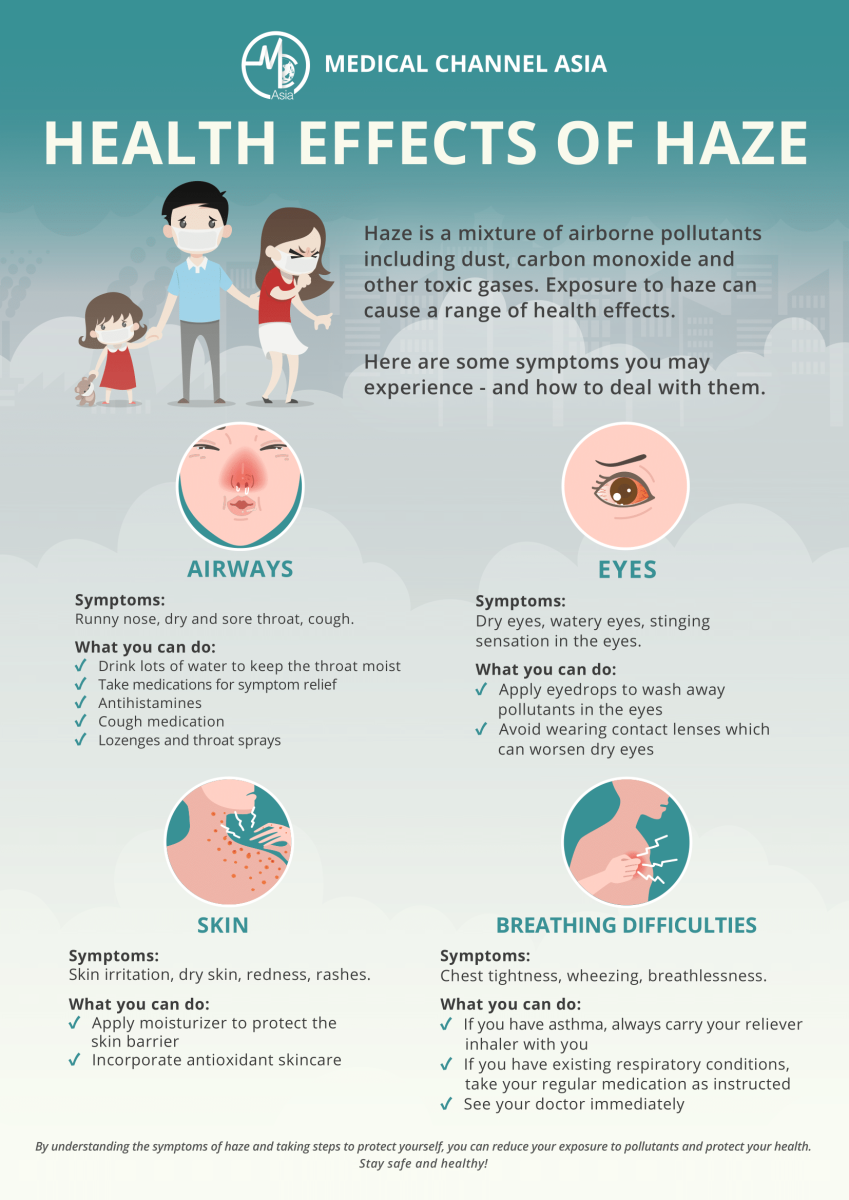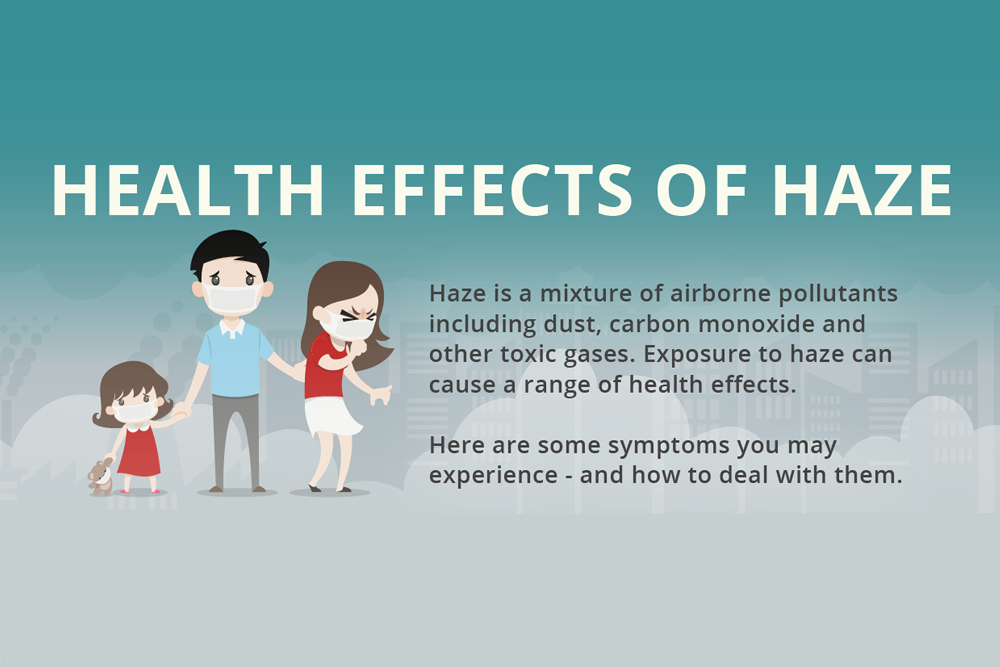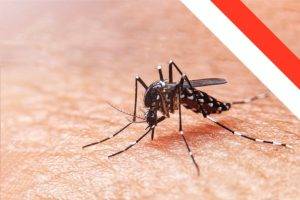Haze refers to low visibility conditions caused by a buildup of tiny particles and toxic gases in the atmosphere. When people are exposed to the pollutants in hazy air, they can experience a wide range of haze symptoms, ranging from minor irritation to serious medical events.
Haze pollution is a serious environmental issue caused by smoke from fires and pollutants in the air. In the South East Asia region, it is caused by forest fires around the region, when open burning is used to clear land for agricultural uses. The haze season in Southeast Asia typically occurs from June to October, as the Southwest Monsoon brings dry weather to the region. This peaks in August to September, when rainfall is at its lowest and human activities contributing to fires and haze are at their highest.

Download the infographic here
The infographic above outlines some of the common symptoms affected body systems may experience during the haze season, as well as self-care measures that can help to alleviate symptoms and bring comfort.
Airway Symptoms
The airways, including the nose, throat and windpipe, are often the first to be impacted by haze pollution. Fine particles can irritate the sensitive mucous membranes, causing haze symptoms like:
- Runny nose
- Dry and sore throat
- Cough
You can manage these airway symptoms by drinking fluids to keep your throat moist, taking over-the-counter medications like antihistamines, cough syrup and throat lozenges for symptomatic relief. Saline nasal sprays can also help flush irritants from your nose.
Eye Irritation
Particles in haze pollution can also easily enter the eyes and cause irritation, dryness and inflammation. Symptoms may include:
- Watery eyes
- Stinging or burning sensation
- Redness
To relieve irritated eyes during the haze, use artificial tears or saline eye drops multiple times daily. This can help to flush the pollutants out of the eye and bring relief. Avoid putting in contact lenses that can make dry eyes and irritation worse.
Skin Irritation
Our skin acts as a filter for pollutants, making it vulnerable during haze episodes. Prolonged exposure can lead to:
- Itching
- Dryness
- Redness and rashes
To protect your skin, you should moisturize your skin often with an emollient lotion to sooth the irritation. Minimizing time outdoors and incorporating antioxidant-rich skincare products can also reduce the occurrence of haze symptoms.
Lower Respiratory Symptoms
For those with asthma and other respiratory illnesses, haze can cause distress and trigger flare-ups. This is because the very fine particles in haze can make their way into the deeper parts of the respiratory tract. This can cause irritation and inflammation in the airways and lungs. One may experience:
- Chest tightness
- Wheezing
- Breathlessness and difficulty breathing
If you have asthma, be sure to carry your rescue inhaler and take medications as directed during haze periods. Schedule an appointment with your doctor immediately if you have worsening symptoms that do not resolve with treatment. Regular check-ups are important for managing existing conditions that haze may impact.
Conclusion
In summary, haze pollution can affect multiple body systems, but understanding the risks and taking appropriate measures as outlined in the infographic can help minimize harm. Don’t hesitate to seek medical care for more severe or persistent issues. Working together, we can reduce our impact on the environment and protect community health.












